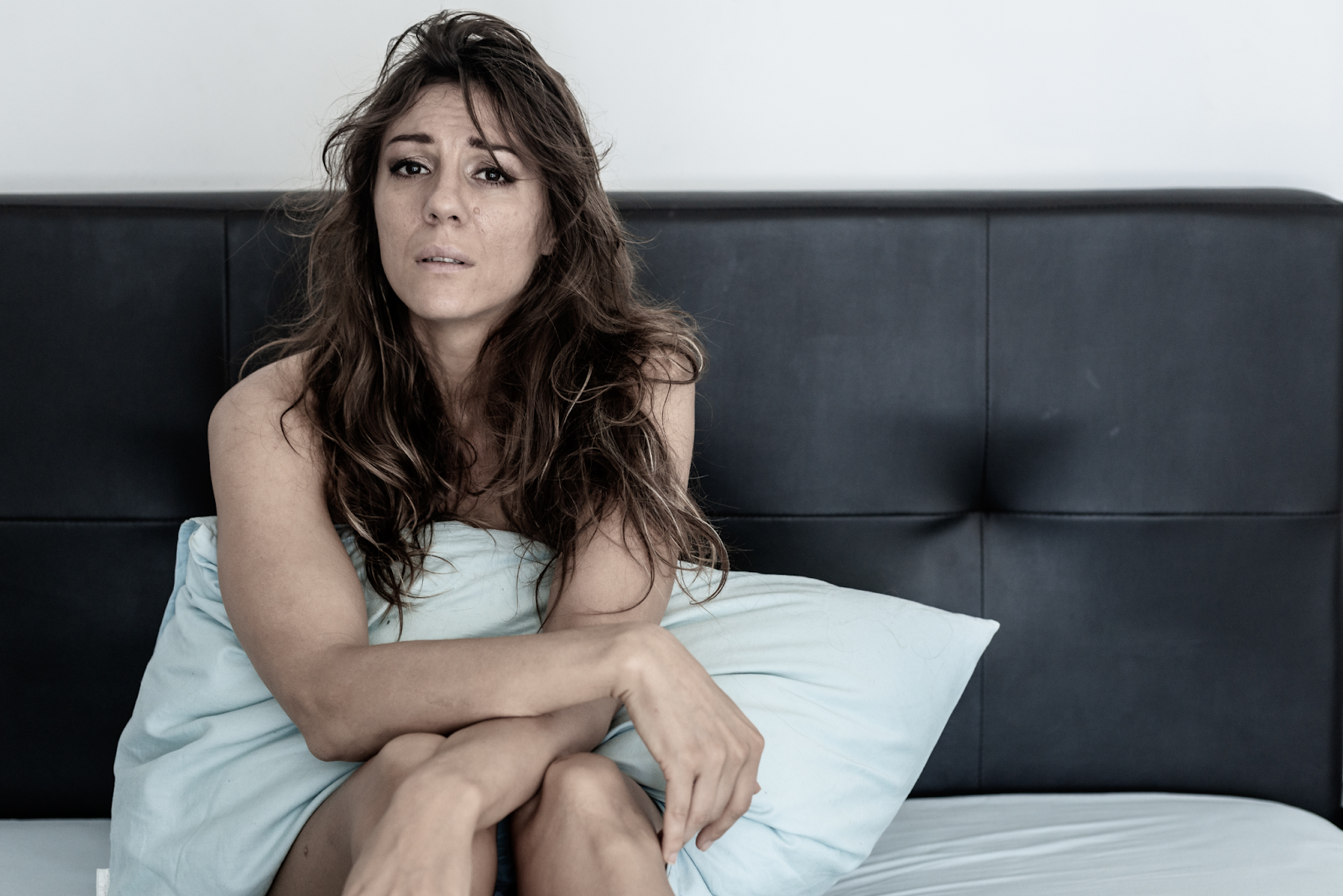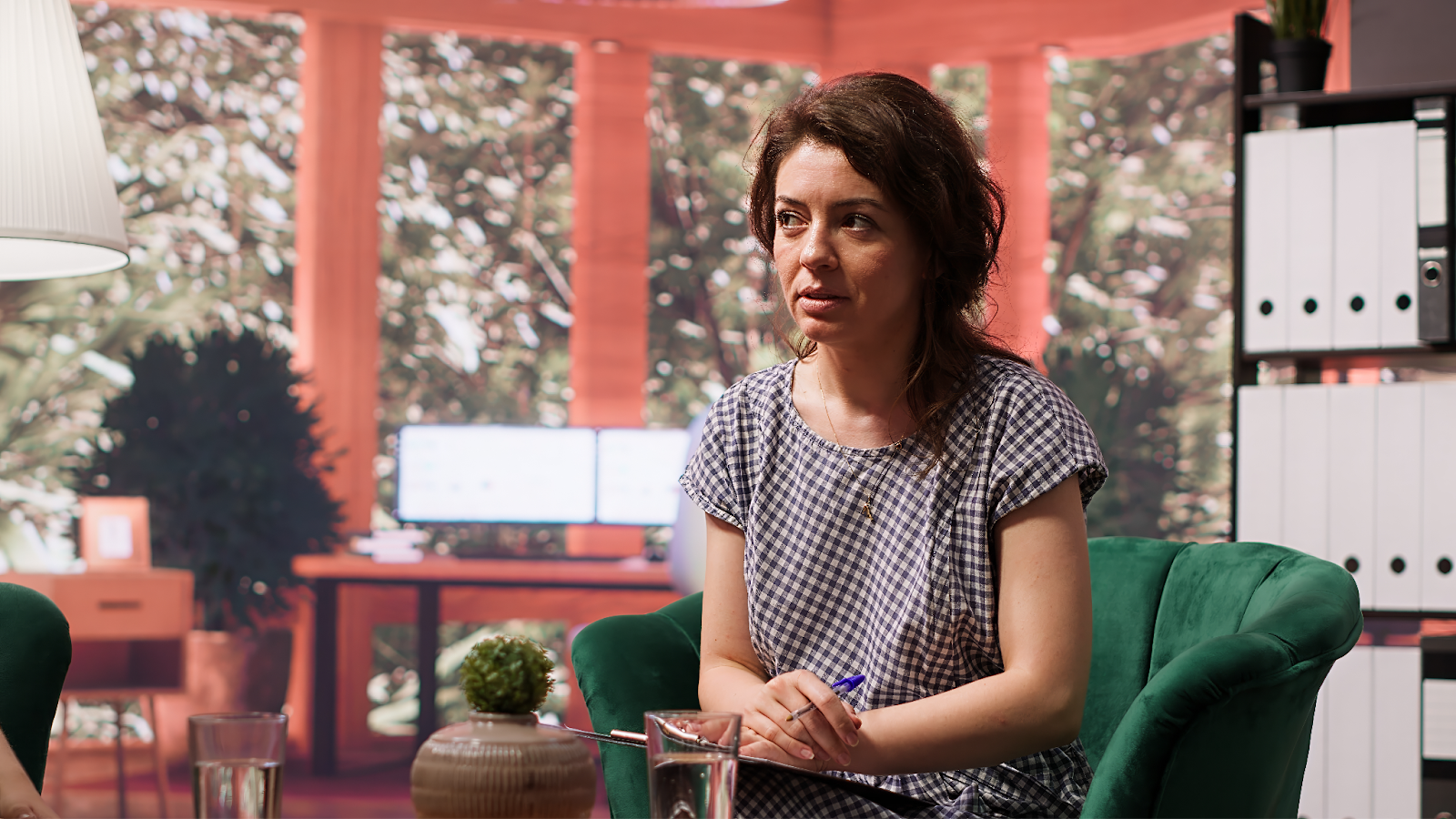


Endometriosis is a chronic medical condition in which tissue similar to the lining of the uterus grows outside the uterus. It may appear as a “silent” disease, but in reality, it affects one in ten women of reproductive age worldwide. The biggest challenge is that diagnosis is often delayed for many years, which increases women’s suffering and worsens symptoms.
In this article, you will learn about the symptoms of endometriosis and their impact on women’s physical, emotional, and social health, in addition to the latest methods of diagnosis, treatment, and support strategies.
This tissue behaves like the uterine lining: it thickens, breaks down, and bleeds with each menstrual cycle. But since it has no way out, it becomes trapped, which can lead to:

In Episode 2 of our podcast Mech 3ayb, we explore the pain of endometriosis through the voices of women living with it — how it changes daily life and relationships, and why both medicine and society must take it seriously.
Watch the episode here


Diagnosis is often delayed by 7–10 years.
In recent years, a saliva-based test has emerged as a promising diagnostic tool. It detects molecular markers linked to endometriosis with high accuracy. This test is non-invasive, quick, and less costly.
The saliva test may revolutionize endometriosis diagnosis by offering a simpler, faster way to detect the disease early.
Treatment depends on the severity of symptoms and whether fertility is a goal:
Yoga and relaxation techniques can help reduce pain and improve quality of life. Discover our program 14 Yoga Sessions for Better Sexual Health for practical support.

1. What are the symptoms of endometriosis?
Severe menstrual pain, pain during sex, chronic fatigue, infertility, heavy bleeding, and digestive problems.
2. How is endometriosis diagnosed?
Through clinical examination, imaging, laparoscopy, and the new saliva test.
3. Does endometriosis cause infertility?
Yes, around half of affected women may face difficulties conceiving.
4. Can endometriosis be cured completely?
There is no permanent cure yet, but treatments and lifestyle changes can greatly reduce symptoms.
5. Do yoga and diet help?
Yes, yoga and an anti-inflammatory diet reduce pain and improve well-being.
Understanding and early diagnosis of endometriosis can change the lives of thousands of women.
Emotional and social support are just as important as medical treatment.
Raising awareness and breaking the silence are the first steps to improving women’s health.
✨ Explore our programs | 🎧 Listen to our podcast | 📩 Subscribe to our newsletter
✨ Explore our programs | 🎧 Listen to our podcast | 📩 Subscribe to our newsletter



Subscribe to our newsletter to make sure you
don’t miss our updates and new programs.
Reach out for more info or if you’re an expert
and want to join the Metle Metlik team.
Enter your email address